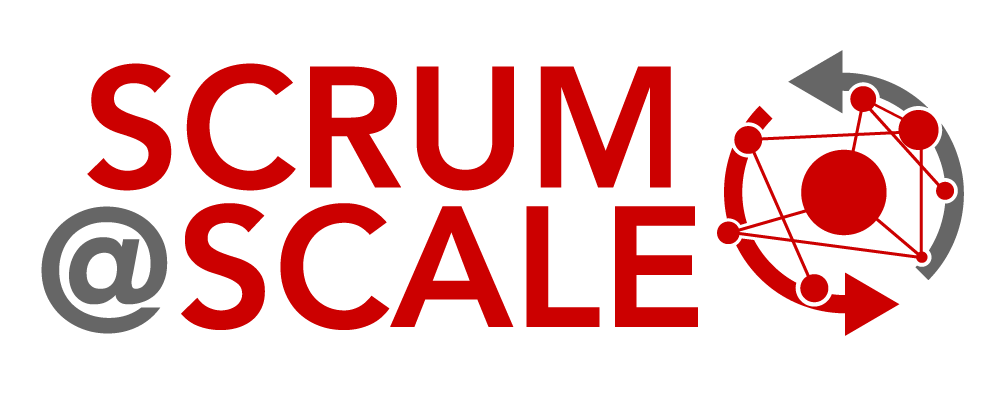Scrum@Scale Case Study
Air Transport Communication: Improving Quality and Throughput
“We had a successful implementation of Scrum@Scale. The client believed in Scrum, and we proved them right.” – Amogh Joshi
CASE STUDY SNAPSHOT
Organization: Anonymous Air Transport Communications
Organization Size: Large
Industry: Transportation and Automotive
Topics: Cost Reduction, Cross-Team Coordination, Delivery and Velocity, Reference Model, Technical Debt
Date: 2014
Website: Amogh’s website
Summary
In this case study, Scrum@Scale Trainer Amogh Joshi discusses how he helped this leading Air Transportation Communications company dramatically reduce product development costs and time to market. He worked one-on-one with the client to implement Scrum@Scale and execute their vision: to improve the quality of work and deliver more value, faster.
Change Was Necessary:
Three years into this business-critical project, the client had over-spent and under-delivered; about 50% of the projected budget was gone and approximately only 25% of the scope was completed. The team was experiencing delivery delays, technical debt buildup, and quality issues.
The team implemented Scrum@Scale to deliver faster, on time, and on budget. To accomplish their goals, the client formed an Executive Action Team (EAT) who immediately began removing organizational waste that was slowing the teams down and engaged three offshore partners in India. They knew any dysfunctions or impediments to Scrum would only be amplified as the initiative scaled, so they and started small with one Scrum Team.
Creating a Reference Model:
“If you can’t measure anything you can’t improve.”
The client started small. They created one Scrum Team and ensured that this team was able to implement Scrum well and deliver every Sprint. Eventually, they would be used as a Reference Model to other Scrum teams. Amogh’s implementation kickstarted as recommended by the Scrum@Scale Guide:
“When implementing large networks of teams, it is critical to develop a scalable Reference Model for a small set of teams. Any deficiencies in a Scrum implementation will be magnified when multiple teams are deployed. Many of the initial scaling problems will be organizational policies and procedures or development practices that block high performance and frustrate teams.”
Amogh utilized a “start small” approach to ensure single teams were delivering and continuously improving before additional teams were launched. Eventually, the client had multiple Scrum Teams.
End-to-End Delivery Process:
After six months of utilizing a scaled Agile approach, the client reached a mature stage in its Scrum@Scale implementation. The Executive Action Team implemented the Scrum values, and assured that Scrum roles were created and supported. Stakeholders, Subject Matter Experts (SMEs), Product Owners, and Technical Architects were refining Product Backlog Items, which enabled the teams to work off of a quality backlog and stay focused on delivering the highest priority work with the best possible quality.
Key Achievements:
- Output and productivity increased by 200%
- The team was able to generate new ideas for product enhancements which increased innovation
- Quality went up and 85% of inherited technical debt was absorbed at no extra cost
More Case Studies
Remote Startup Success: From Firefighting to Results
Agile Education Case Study Remote Startup Success: From Firefighting to Results This case study focuses on a remote startup that faced challenges with disorganized workflows, team burnout, and a lack of a clear product vision. The startup had no Product Owner, leading...
Improve Predictability and Performance: Using Aggregated Velocity Data in Scrum@Scale
Agile Education Case Study Improve Prioritization and Performance: Using Aggregated Velocity Data in Scrum@Scale This case study explores how aggregated velocity data was used to improve the performance, prioritization, and predictability of engineering teams in a...



